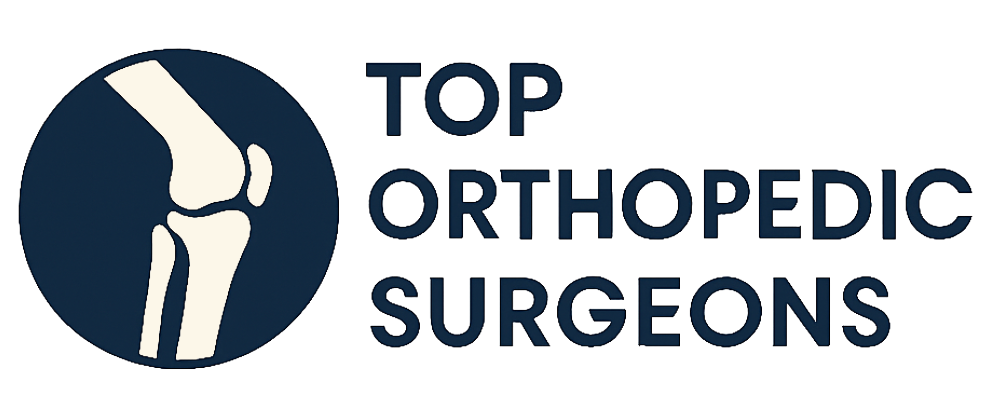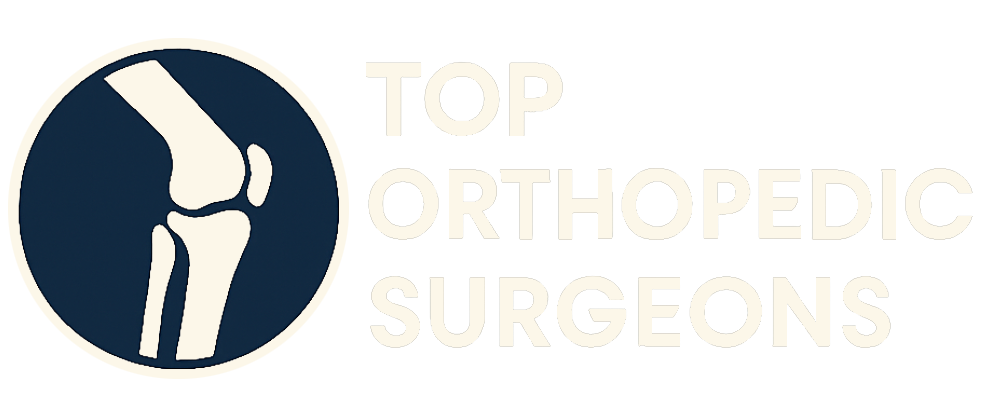Women’s bodies, with their unique hormonal and anatomical differences, face specific vulnerabilities when it comes to orthopedic health. Understanding these differences is the first step toward preventing injuries and ensuring optimal musculoskeletal well-being. This article explores common orthopedic injuries in women, examines the reasons behind their prevalence, and provides valuable insights into prevention and treatment strategies.
Why Are Women More Susceptible to Certain Orthopedic Injuries?
Several factors contribute to the increased risk of orthopedic injuries in women. These include:
- Hormonal Influences: Estrogen plays a crucial role in maintaining bone density. Fluctuations in estrogen levels, particularly during menstruation, pregnancy, and menopause, can affect bone strength and increase the risk of fractures and osteoporosis.
- Anatomical Differences: Women generally have wider hips and a larger Q-angle (the angle between the quadriceps muscle and the patellar tendon). This anatomical alignment can place greater stress on the knees, increasing the likelihood of ACL tears and patellofemoral pain syndrome.
- Muscle Mass and Strength: Compared to men, women often have less muscle mass, particularly in the upper body and core. This can lead to reduced joint stability and increased susceptibility to injuries, especially during activities that require strength and balance.
- Bone Density: Women typically have lower bone density than men, making them more vulnerable to stress fractures and osteoporosis, a condition characterized by weakened bones.
Common Orthopedic Injuries in Women
While women can experience any type of orthopedic injury, some are more prevalent due to the factors mentioned above. Here are some of the most common:
ACL Tears
Anterior cruciate ligament (ACL) tears are significantly more common in female athletes than in male athletes, particularly in sports involving jumping, pivoting, and sudden stops, such as soccer, basketball, and volleyball. The combination of anatomical differences, hormonal influences, and neuromuscular control contributes to this increased risk.
Osteoporosis
Osteoporosis is a condition characterized by decreased bone density and increased risk of fractures. Women are at a higher risk of developing osteoporosis than men, especially after menopause, due to the decline in estrogen levels. Fractures resulting from osteoporosis often occur in the hip, spine, and wrist.
Stress Fractures
Stress fractures are small cracks in a bone, often caused by repetitive stress or overuse. Women, particularly those involved in high-impact activities or endurance sports, are more prone to stress fractures due to lower bone density and hormonal imbalances, especially when combined with inadequate calorie intake (the Female Athlete Triad).
Carpal Tunnel Syndrome
Carpal tunnel syndrome is a condition that occurs when the median nerve, which runs through the carpal tunnel in the wrist, becomes compressed. Women are more likely to develop carpal tunnel syndrome than men due to anatomical differences in the wrist and hormonal factors that can contribute to fluid retention.
Patellofemoral Pain Syndrome (Runner’s Knee)
Patellofemoral pain syndrome, also known as runner’s knee, is characterized by pain around the kneecap. It is more common in women due to the wider Q-angle and weaker quadriceps muscles, which can lead to improper tracking of the kneecap.
Osteoarthritis
Osteoarthritis is a degenerative joint disease that causes pain, stiffness, and reduced range of motion. While it can affect both men and women, it is more prevalent in women, particularly after menopause. Hormonal changes and anatomical differences contribute to the increased risk.
Rotator Cuff Injuries
Rotator cuff injuries involve damage to the muscles and tendons surrounding the shoulder joint. Women may be more susceptible to these injuries due to differences in shoulder anatomy and muscle strength, especially with repetitive overhead movements or improper lifting techniques.
Prevention Strategies for Orthopedic Injuries
Taking proactive steps to prevent orthopedic injuries is crucial for maintaining long-term musculoskeletal health. Here are some effective strategies:
- Strengthening Exercises: Focus on strengthening muscles that support joints, particularly the core, hips, and legs. This includes exercises such as squats, lunges, planks, and hamstring curls.
- Flexibility and Stretching: Regular stretching can improve flexibility and range of motion, reducing the risk of muscle strains and joint injuries. Focus on stretching major muscle groups, including the hamstrings, quadriceps, hip flexors, and shoulders.
- Proper Warm-up and Cool-down: Always warm up before engaging in physical activity to prepare your muscles and joints for exercise. Cool down afterward to gradually reduce your heart rate and prevent muscle soreness.
- Correct Technique: Use proper form during exercise and sports activities to minimize stress on joints and muscles. Consider working with a trainer or coach to learn correct techniques.
- Appropriate Footwear: Wear supportive and well-fitting shoes that are appropriate for your activity. Replace shoes regularly to ensure adequate cushioning and support.
- Maintain a Healthy Weight: Excess weight can put added stress on joints, increasing the risk of osteoarthritis and other orthopedic problems. Maintaining a healthy weight through diet and exercise can help protect your joints.
- Nutrition for Bone Health: Consume a diet rich in calcium and vitamin D to support bone health. Good sources of calcium include dairy products, leafy green vegetables, and fortified foods. Vitamin D can be obtained from sunlight exposure, fortified foods, and supplements.
- Avoid Overuse: Gradually increase the intensity and duration of your activities to avoid overuse injuries. Listen to your body and rest when needed.
- Address Hormonal Imbalances: Consult with your doctor about managing hormonal imbalances, particularly during menopause, to reduce the risk of osteoporosis and other hormone-related orthopedic issues.
Treatment Options for Orthopedic Injuries
The treatment for orthopedic injuries varies depending on the type and severity of the injury. Common treatment options include:
- Rest: Avoiding activities that aggravate the injury is essential for allowing tissues to heal.
- Ice: Applying ice to the injured area can help reduce inflammation and pain.
- Compression: Using a compression bandage can help control swelling and provide support.
- Elevation: Elevating the injured area above the heart can help reduce swelling.
- Pain Management: Over-the-counter pain relievers, such as ibuprofen or acetaminophen, can help manage pain. In some cases, prescription pain medications may be necessary.
- Physical Therapy: Physical therapy can help restore strength, flexibility, and range of motion. A physical therapist can develop a personalized treatment plan to address your specific needs.
- Bracing or Splinting: Braces or splints can provide support and stability to injured joints.
- Injections: Corticosteroid injections can help reduce inflammation and pain in some cases. Hyaluronic acid injections can help lubricate joints and reduce pain in osteoarthritis.
- Surgery: In some cases, surgery may be necessary to repair damaged tissues or replace joints. Common orthopedic surgeries include ACL reconstruction, rotator cuff repair, and joint replacement.
The Importance of Early Diagnosis and Treatment
Seeking early diagnosis and treatment for orthopedic injuries is essential for preventing long-term complications. Ignoring pain or delaying treatment can lead to chronic pain, decreased function, and the need for more extensive interventions in the future. If you experience persistent pain, swelling, or stiffness in your joints or muscles, consult with an orthopedic specialist for evaluation and treatment.
Empowering Women Through Knowledge and Action
Understanding the unique orthopedic challenges faced by women is the first step toward taking control of your musculoskeletal health. By implementing preventative strategies, seeking early diagnosis and treatment, and staying informed about your body’s needs, you can empower yourself to live an active, healthy, and pain-free life. Remember to consult with your healthcare provider for personalized advice and guidance on managing your orthopedic health.
Taking care of your bones and joints is a lifelong commitment. By making informed choices and prioritizing your musculoskeletal well-being, you can maintain an active and fulfilling lifestyle at every stage of life.


